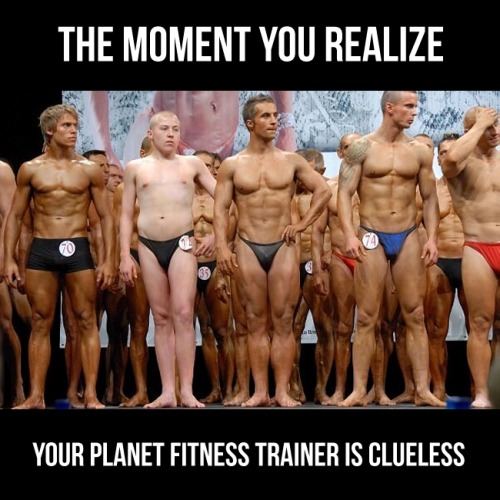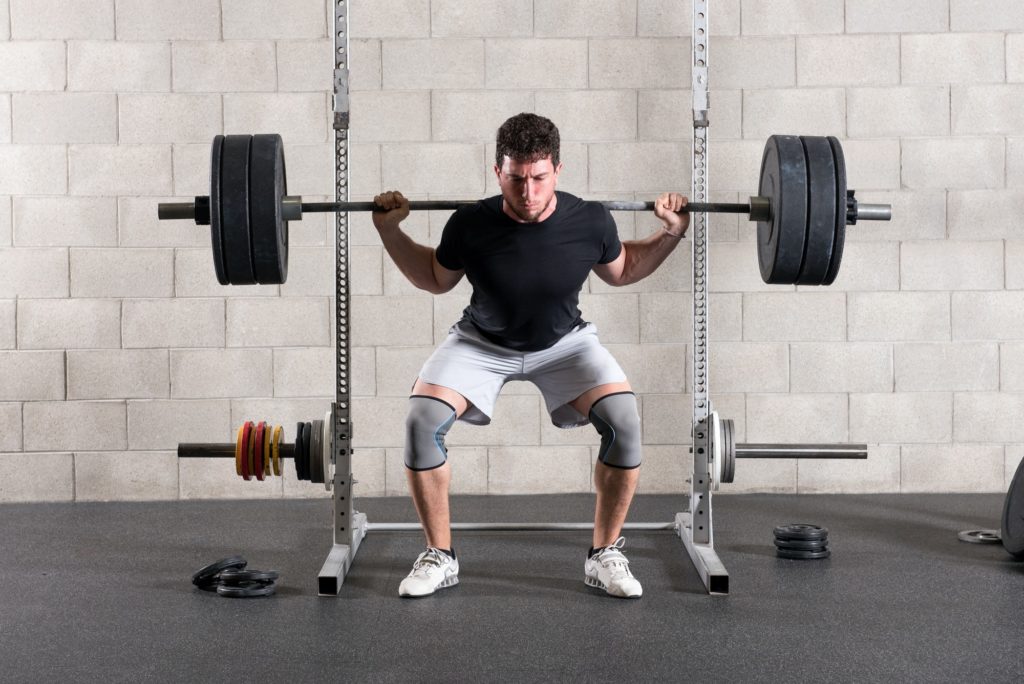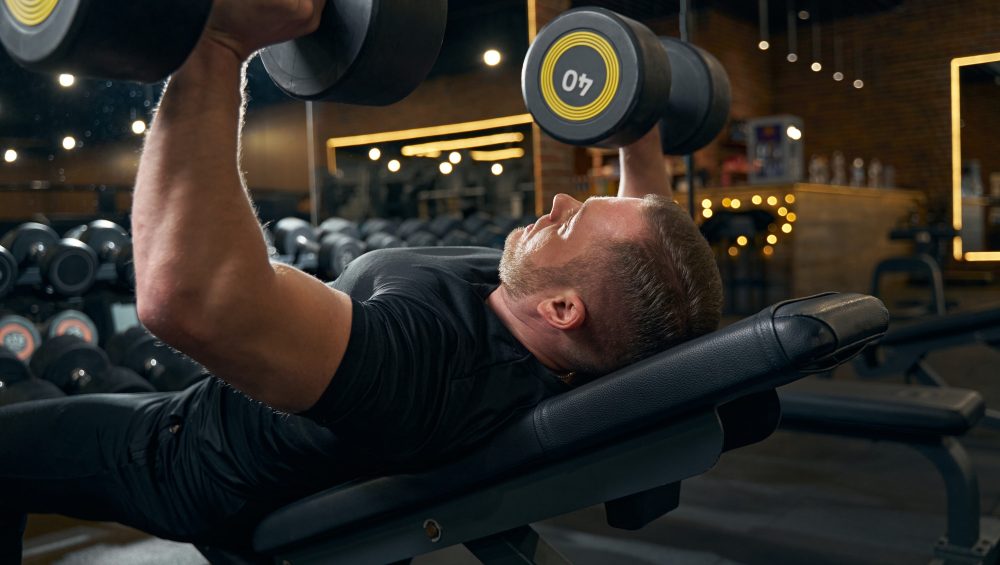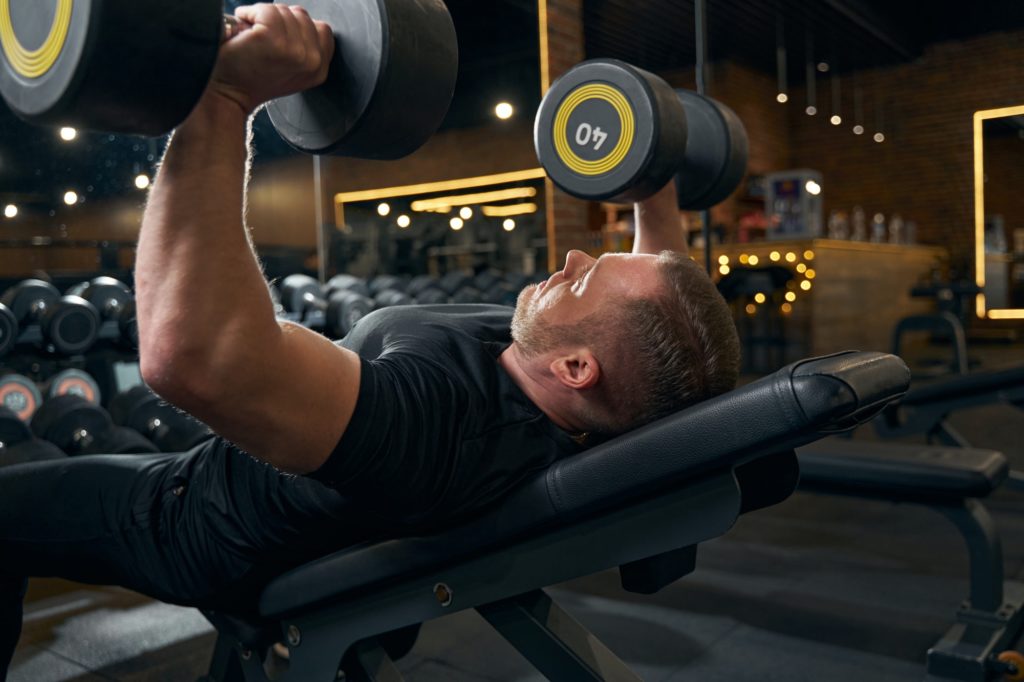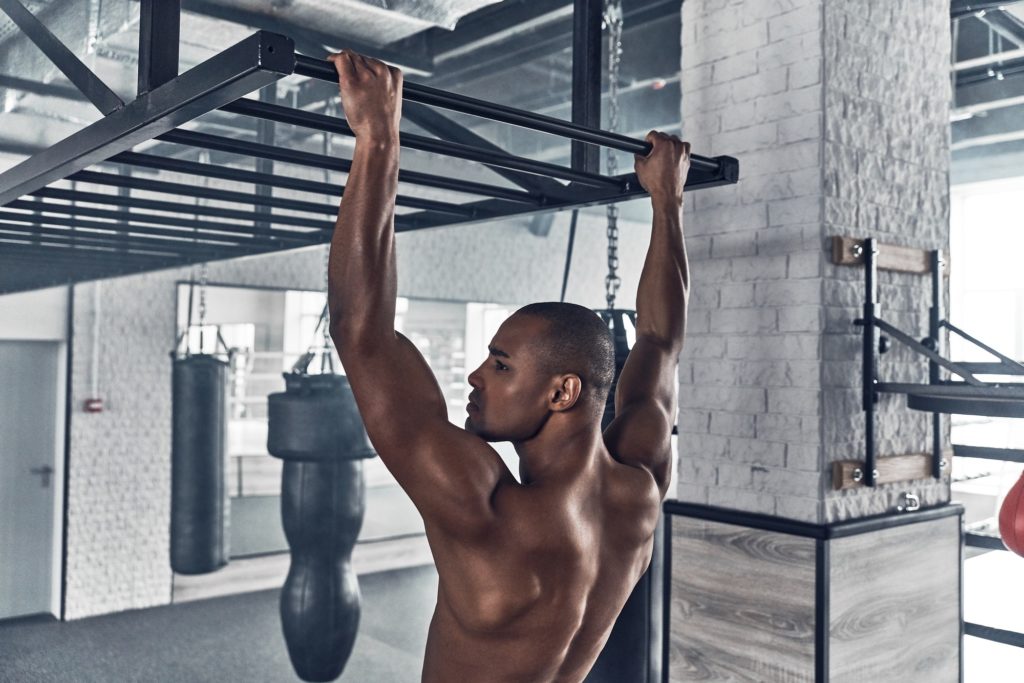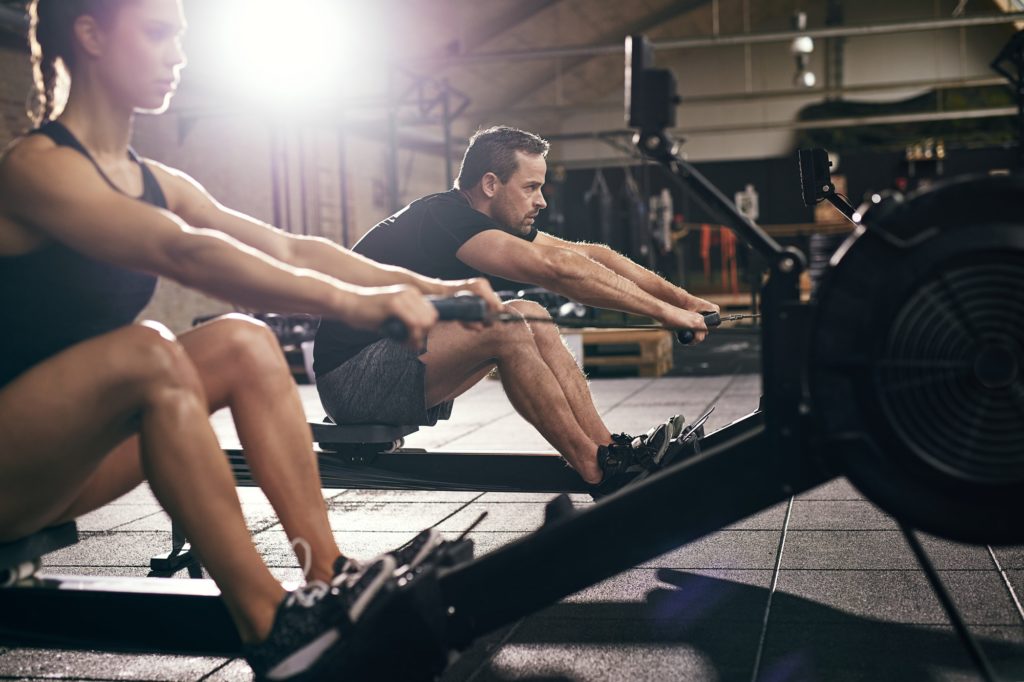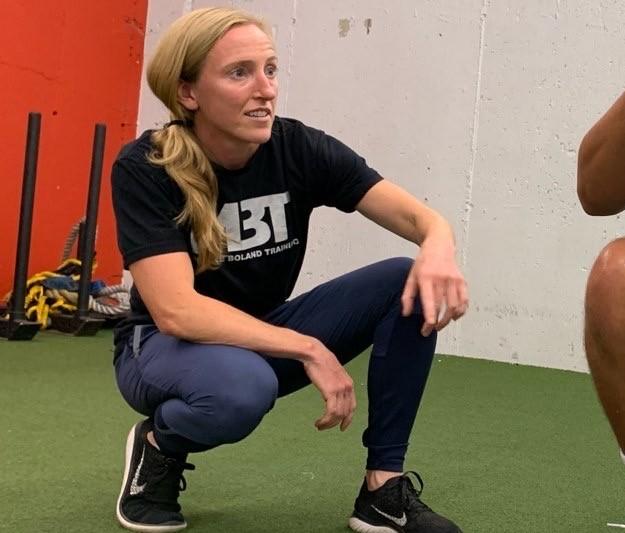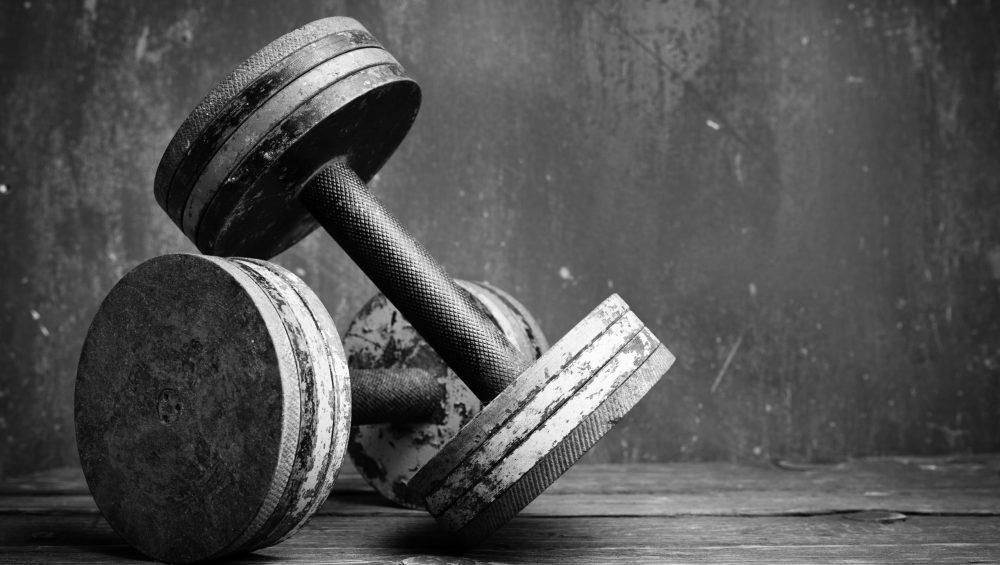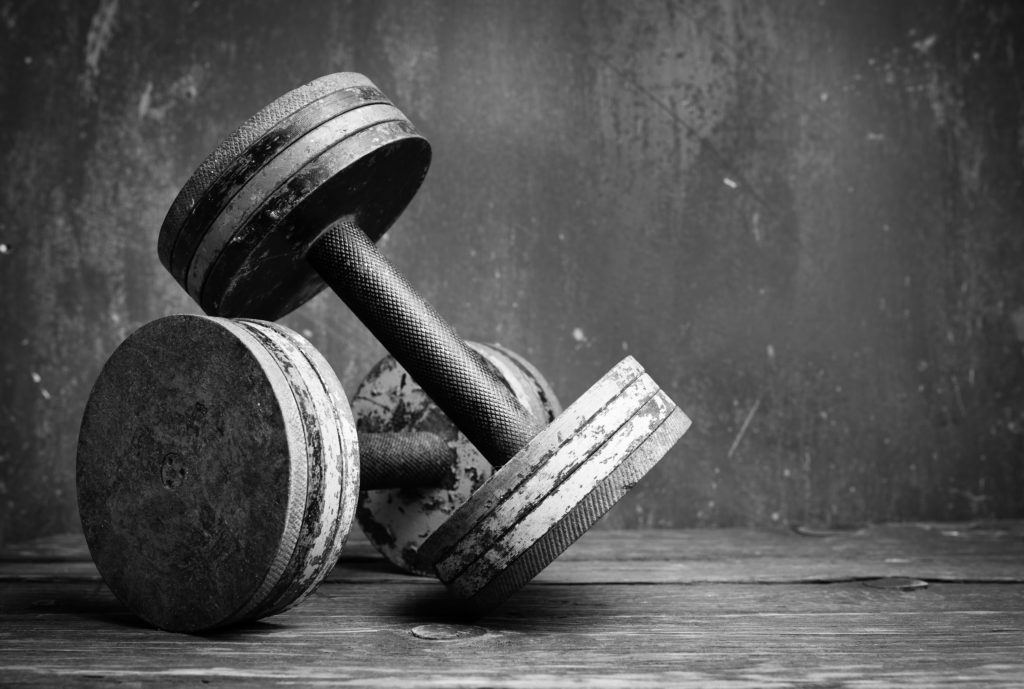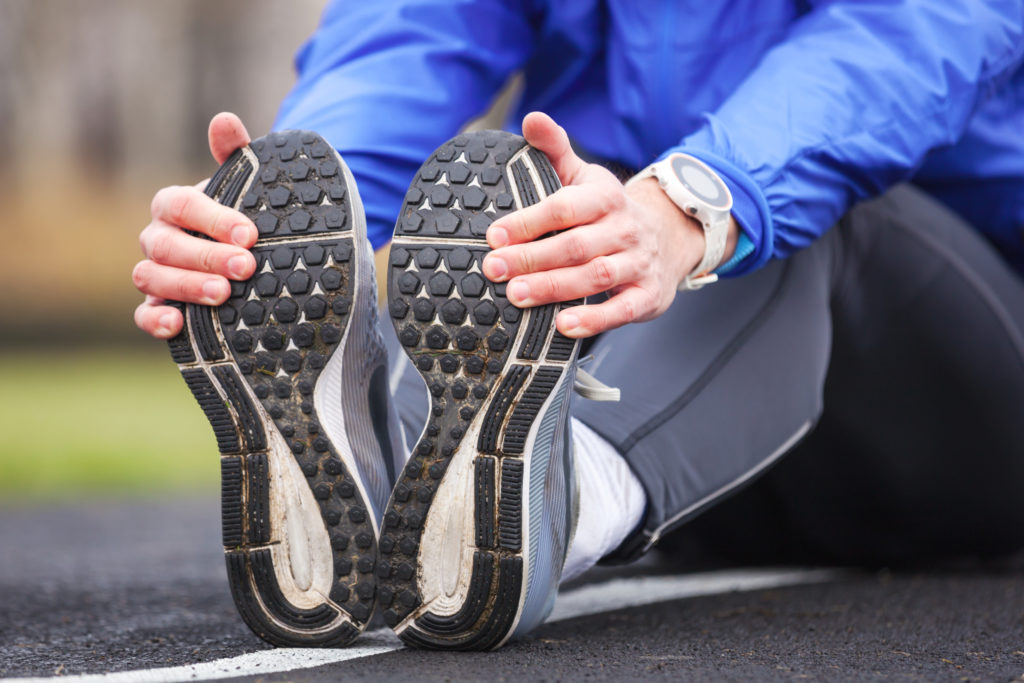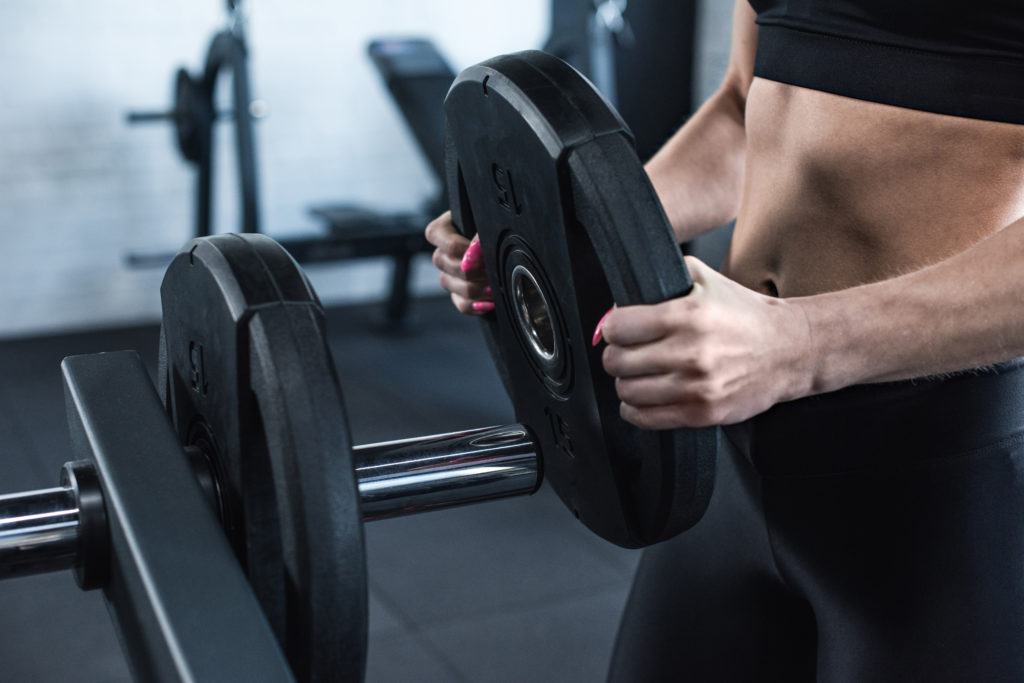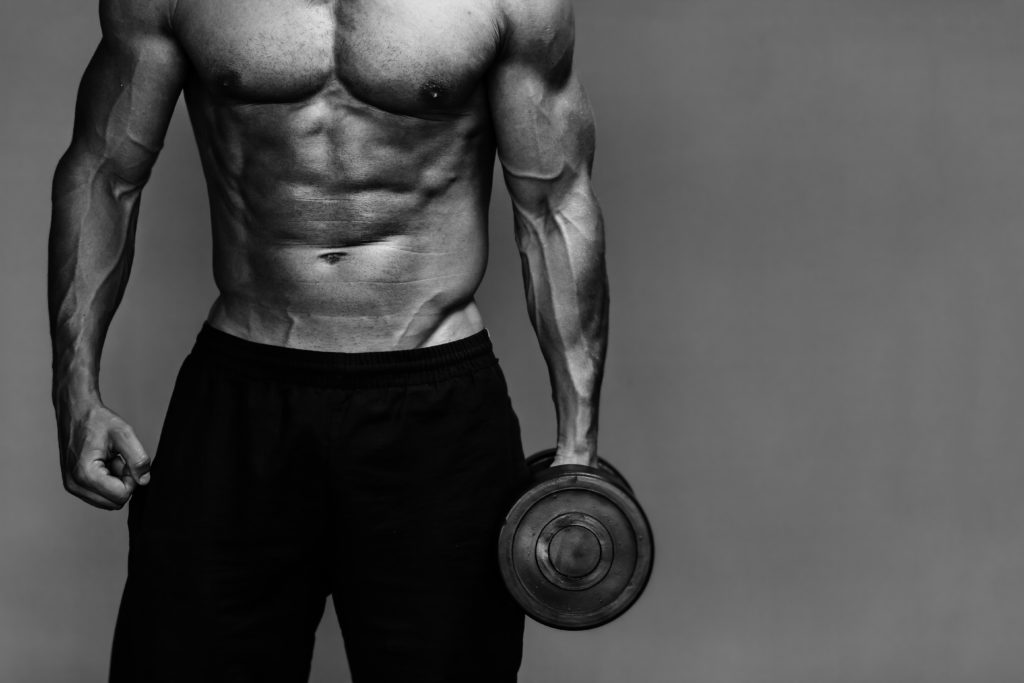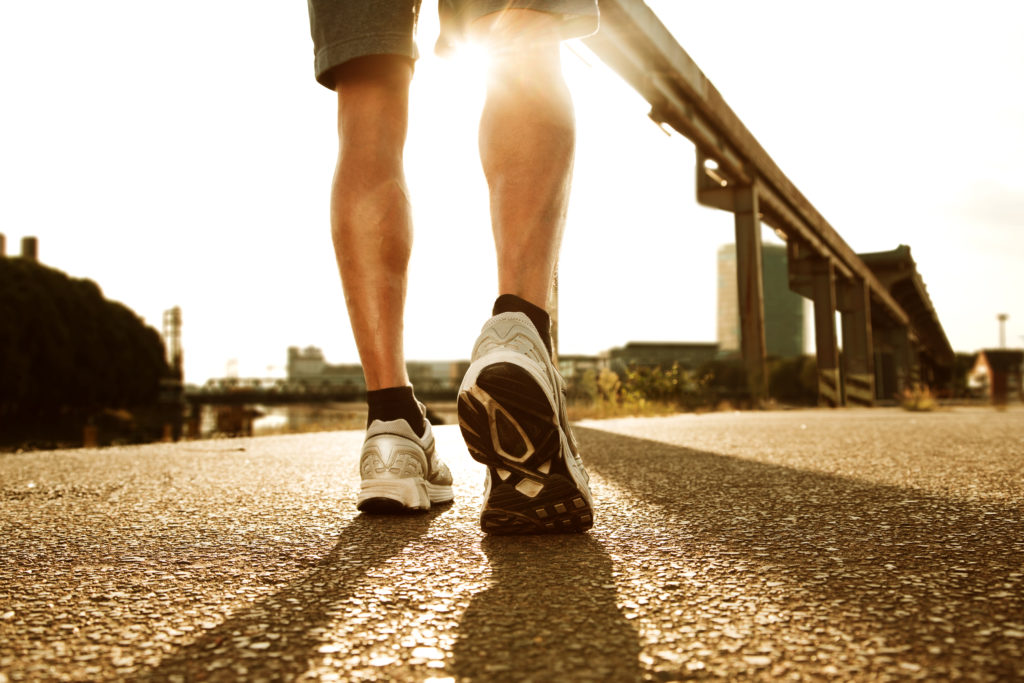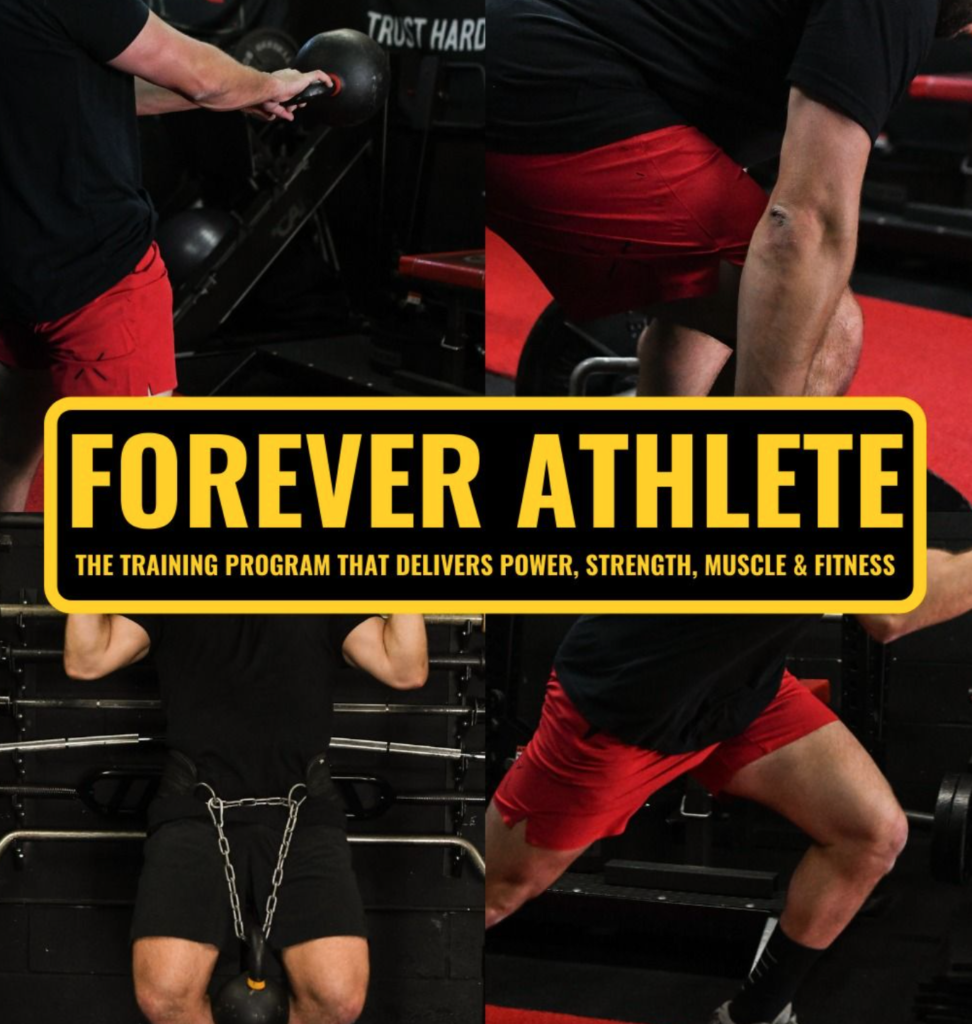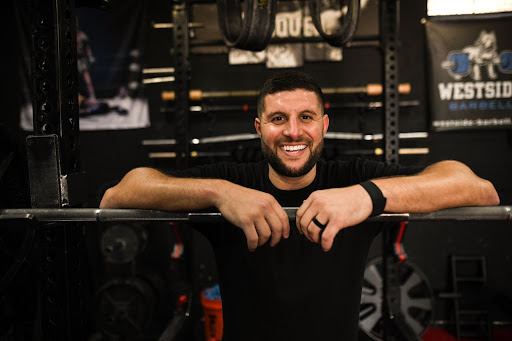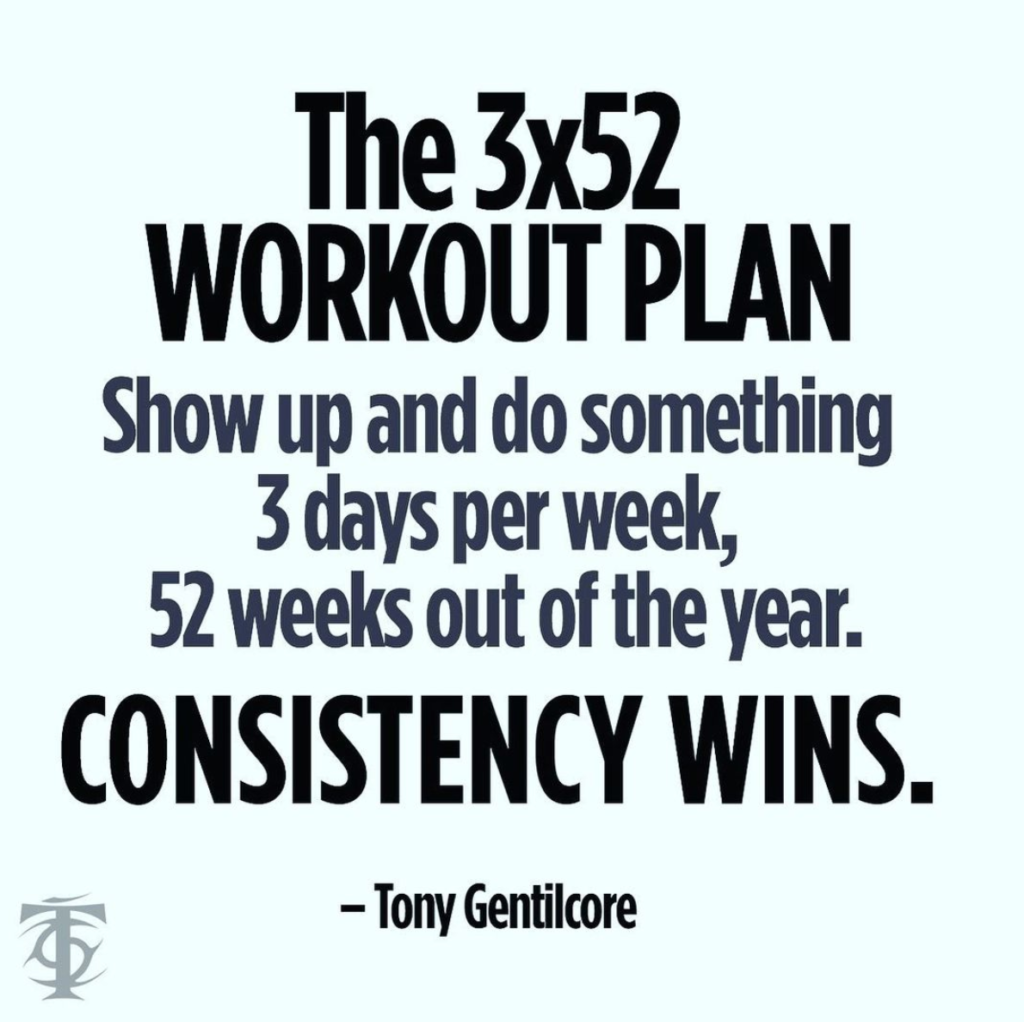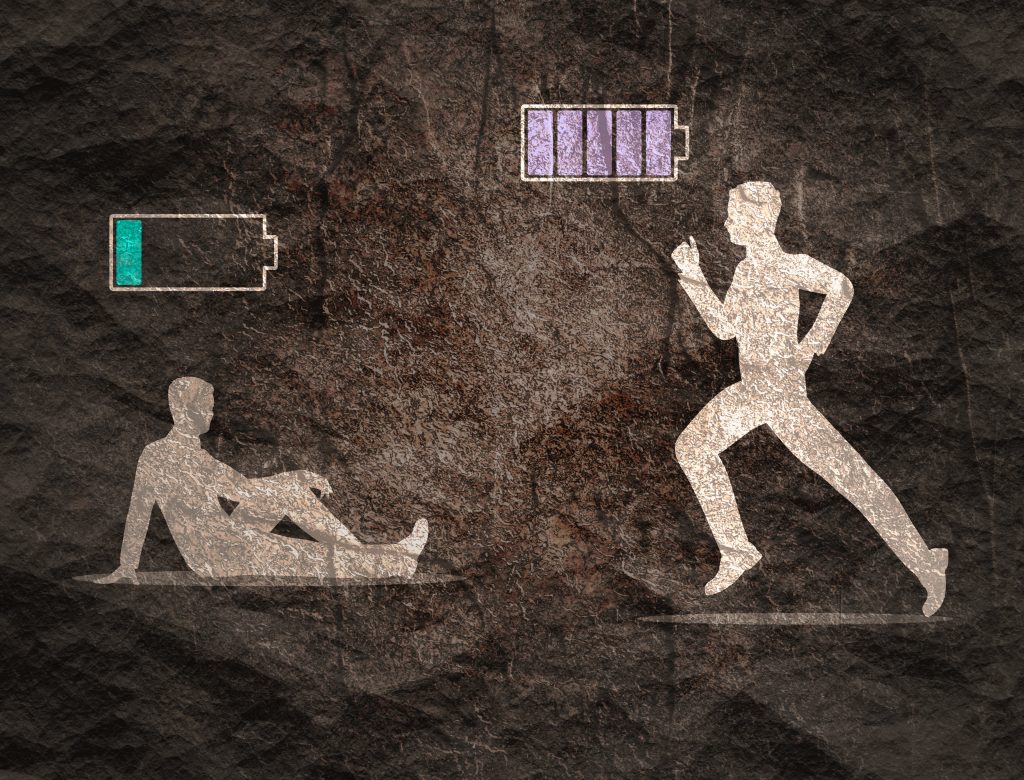Being human means being enamored by a litany of things in the health/wellness/physical preparation realm. Some people are easily swooned by fancy watches and elaborate looking exercises
Others by cryochambers and Paleo recipes that taste like sawdust.
I am not here to play judgement police. For the most part, everything has a time and place1 and everyone responds differently to different things.
What works for me may not work for you (and vice versa). It’s all good.
Back in 2009-2010, while at Cressey Sports Performance, I was introduced to PRI (Postural Restoration Institute). As a collective, we adopted some of their principles & protocols (specifically positional breathing) and applied them to our athletes’ and clients’ programming, I’d say with a high degree of success.
In the years since, PRI has grown in popularity and is still something I “subscribe” to. However, the key term I want to highlight here is “some.”
I’ve adopted some of their principles.
The thing about PRI (for better or worse) is that it has an uncanny ability to suck people in and plop them into a never-ending rabbit hole of mystery and multi-verses.
Today’s guest post is via Boston-based physical therapist, Mike DeMille, and offers a needed perspective on this phenomenon.
(PS: I’d encourage anyone interested with PRI to check out Mike’s course/mentorship below).
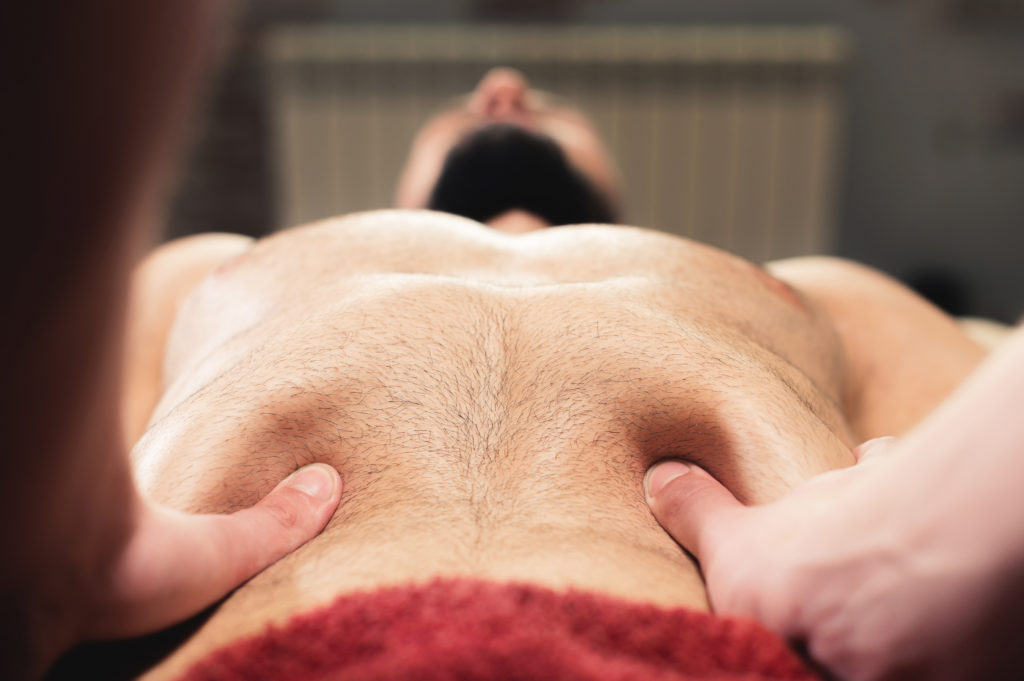
What Would I Say to Someone Starting Out?
In a world of biomechanics, neurology, complex chronic pain, and a desire to create resilience, it can be difficult to decide as a Physical Therapist or movement specialist what continuing education courses to take and why.
Personally, I have been a PRC (Postural Restoration Certified) Physical Therapist for five years, and anyone familiar with the Postural Restoration Institute (PRI) knows how easy it can be to go down the “rabbit hole”
Note From TG: I wrote a bit about this “rabbit hole” a number of years ago when PRI was first gaining steam in the S&C side of the spectrum. You can check it out HERE.2
After taking different courses, it can be very difficult to sift through the information and add principles to your practice (or programming), while leaving behind minutiae that ultimately won’t contribute to the further results of your clients.
What is that minutia you ask?
What are those techniques, exercises, prehab/rehab protocol, cues, sick hip-hop rhymes that probably do not need to come along for the ride as you build out your systems as a coach?
That is exactly why we are here today.
After working in a cash-based Physical Therapy and Personal Training setting over the last four years and starting my own clinic (just outside Boston,. MA) I’ve developed rules (or tenets) of information to hold on to and which ones to leave behind.
Let’s dive in.
Think Practitioner/Coach, Speak Client
Your clients do not care what things are called, and neither should you.
Exhale, eccentrically orient, compress, early-mid-late stance, inhaling from an exhaled skeleton expansion, these terms can get complicated, if not bordering on someone speaking Elvish.
via MEME
A general rule of thumb would be if you cannot explain a concept in very simple terms to your client, then you likely shouldn’t spend a ton of time thinking about it yourself.
I like to think of this as writing a letter with a big bold sharpie instead of a small fine pencil that is difficult to see and read.
For example, if you have a client who you feel like is in a position of lumbar extension and they need to learn how to exhale to help get them out of pain, then you can leave the messaging at just that.
You will create the buy-in from spinning a simple story and allowing your client to feel the difference when undergoing your program. You do not need to explain all of the varying “compensatory strategies” to them in an effort to create belief in your program.
This will more likely than not lead to confusion, in addition to increasing the urge they’ll want to punch you in the face.
Nothing Is New; It Just Has a Fancier Name
Remember that these principles existed long before the most recent course that you took. One of the biggest problems that I see mentees and fresh PTs and movement professionals face is shiny object syndrome.
Understandably, when you go to a course and watch someone’s shoulder flexion increase from 140 degrees to 8000 after a fancy breathing exercise, you want to give everyone that fancy breathing exercise.
Remember, there is a difference between a new technique that creates transient changes, and principles that create long lasting repeatable results.
Examples of a few principles that could make sense in a movement practice geared towards clients with pain:
- Sound communication (avoiding nocebo).
- Axial skeleton position that creates pressure underneath load bearing joints.
- Progressive overload.
Does it feel less exciting to not be blowing all of your clients minds?
Sure it does.
But will these principles give you a sustainable business where you can more accurately sell results to potential clients?
Definitely.
Closing Thoughts
There is nothing wrong with taking new courses, finding helpful information, and creating buy-in with prospective clients, as well as appreciating the nuances of Physical Therapy and Strength and Conditioning.
But let’s not forget: the name of the game is being able to tie your name to something that can produce consistent results, and that is why we decided to take on this profession in the first place.
PRI Pique Your Interest?
Does this message resonate with you? Are you a Physical Therapist or movement professional looking to sift through the information and take the relevant principles into your practice?
Tyler Tanaka and I have created a community where we take individuals that are looking to finally apply the information that they have learned and effectively communicate with their ideal clients to build the business that they have always wanted.
This is your chance to learn the system of two PRC PTs and ask any and every question that you have ever had. In the 10 week Solidify Program you will undergo a detailed curriculum as well as take part in one on one Refinement calls to get your questions answered about those difficult patients that are the ”non-responders” as well as big picture questions about your practice and business.
Click HERE for more information.
Solidify begins June 6th and the spots are limited.


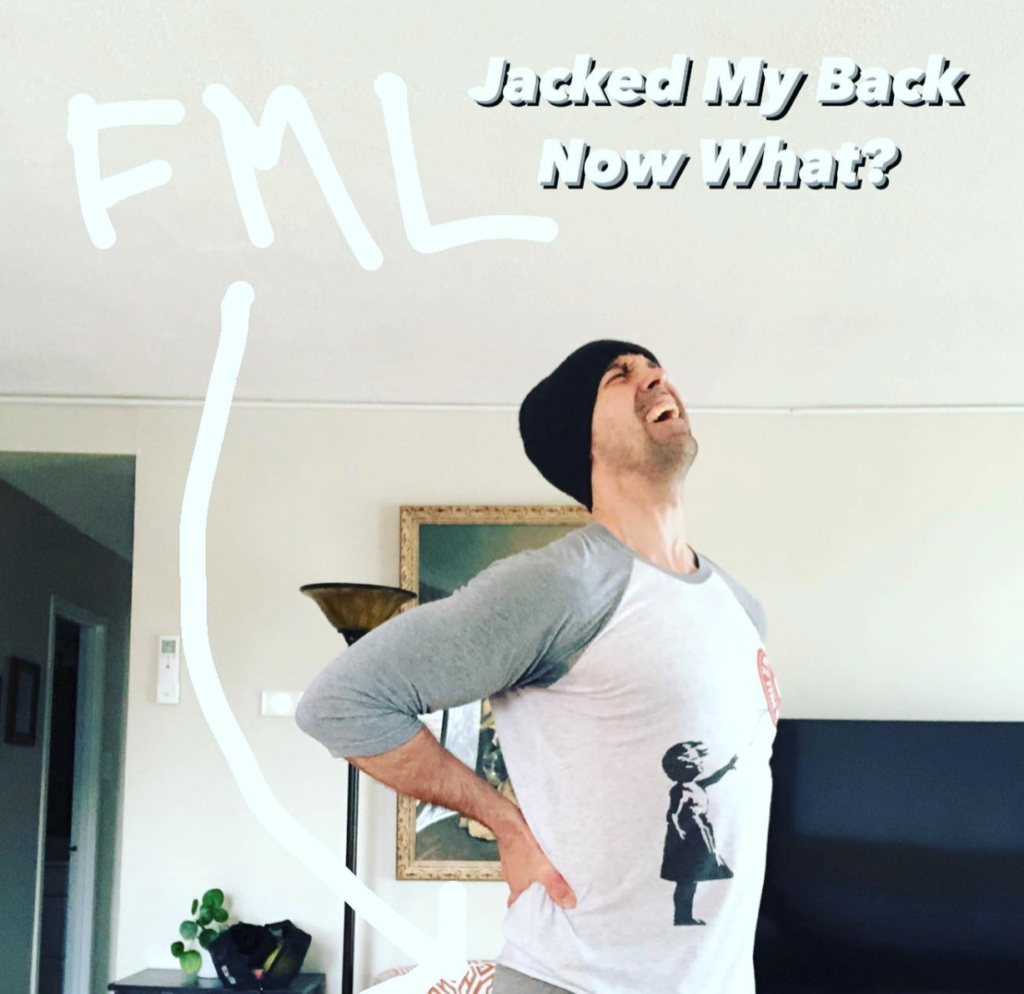


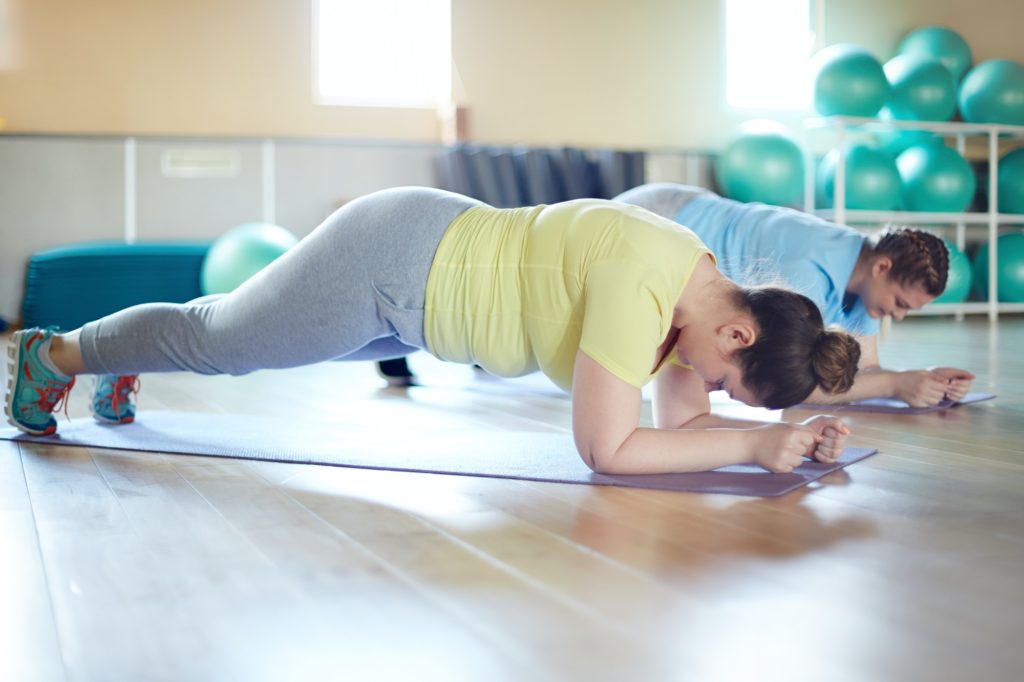
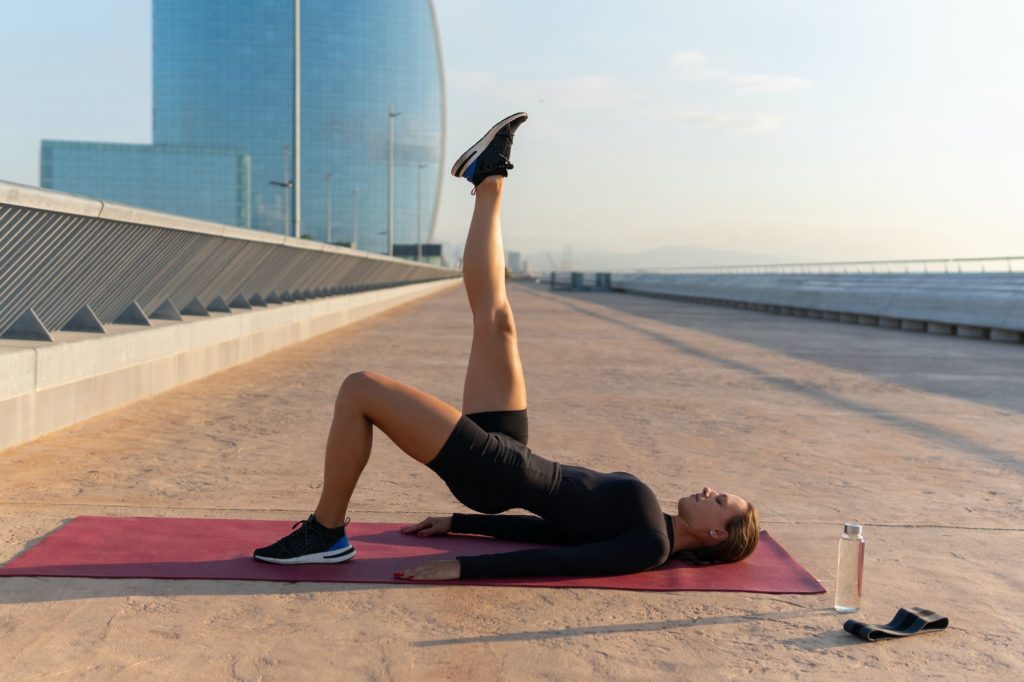
 Elsbeth Vaino is a personal trainer and gym owner at Custom Strength in Ottawa, Canada, where she and her team primarily train regular people who don’t love the gym but do like what going to the gym allows them to do. Before becoming a trainer, she worked as an electronic warfare engineer (you know, same old story). Check her out on Instagram (
Elsbeth Vaino is a personal trainer and gym owner at Custom Strength in Ottawa, Canada, where she and her team primarily train regular people who don’t love the gym but do like what going to the gym allows them to do. Before becoming a trainer, she worked as an electronic warfare engineer (you know, same old story). Check her out on Instagram (
